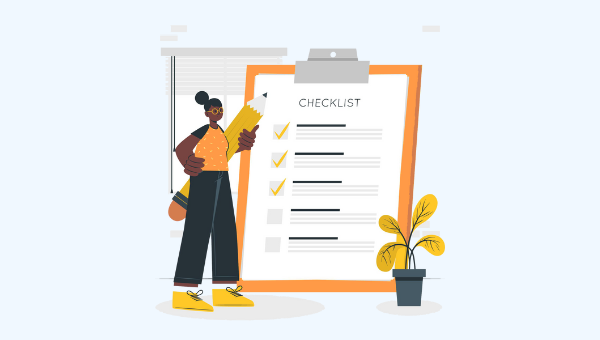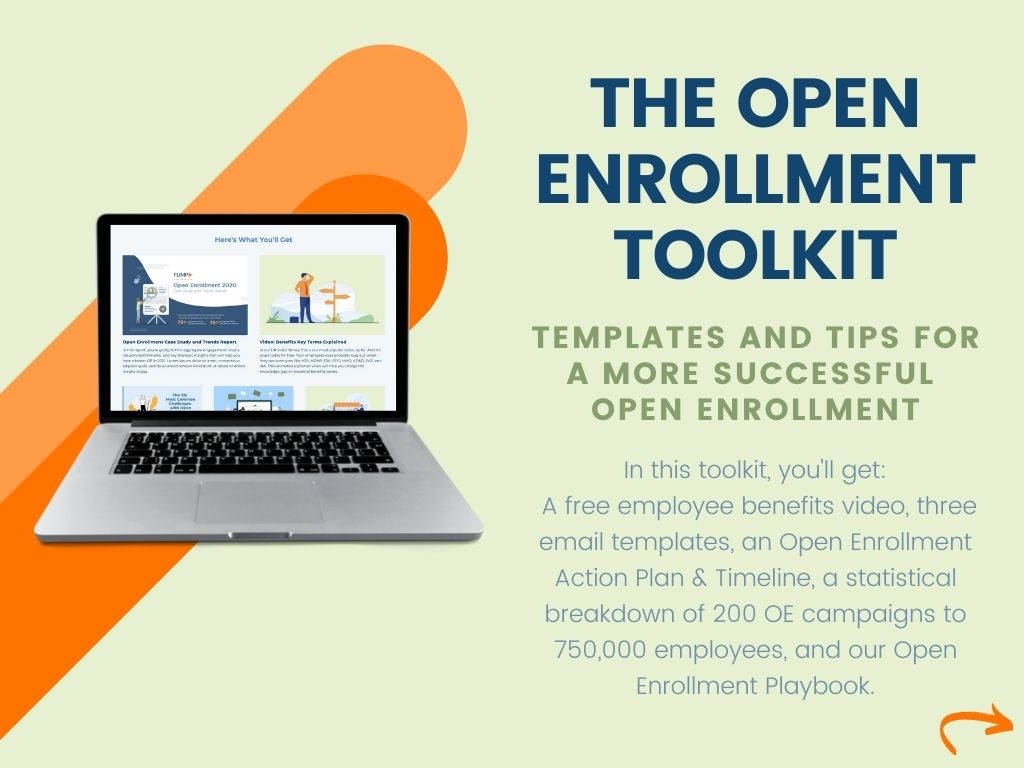If there’s one sentiment human resources professionals and the employees they serve share, it’s this: Open enrollment is (typically) no fun.
For HR teams, the run-up to open enrollment season means mountains of preparation — evaluating benefits, assembling packages, and attempting to communicate options and deadlines to distracted employees.
When open enrollment arrives, frustration quickly sets in. Employees ignore emails, ask the same questions repeatedly, fail to research their options, and miss their deadlines. All that careful preparation feels like wasted effort.
From an employee perspective, open enrollment can be just as aggravating. According to an Aflac report:
- 67% of employees said reading about benefits options is complicated, intimidating, or stressful.
- 55% of employees expressed dissatisfaction and frustration with their employers’ benefits-enrollment process.
Open enrollment doesn’t have to be so painful. Modern HR teams are rethinking open enrollment, deploying the latest technological solutions and innovative new ideas to streamline open enrollment preparation and create experiences employees love.
The following checklist lays out a pathway for an orderly, low-stress, frustration-free open enrollment season for both HR teams and employees.
We encourage you to use this checklist as a starting point for improving your organization’s open enrollment process. You can find tips, best practices, and templates for executing on each point in your free Open Enrollment Toolkit from Flimp.
Plan a Year-Round Benefits Communications Strategy
Open enrollment doesn’t have to be the only time employees think about their benefits. By sharing benefits information in small bites throughout the year, you can keep benefits top of mind for your employees and break down new concepts (such as the value of an HDHP) for easier understanding. This means less confusion when open enrollment season begins.
Plan your year-round messaging strategy with your free 2022 Benefits Communications Calendar.
Craft Brief, Readable, Engaging Emails
An average office worker can easily receive 100 emails or more per day. If you want to reach your employees by email and not get lost in a sea of text, you need to keep it short and to the point. Visual content can help distinguish your message, as well.
To help get you started, here are three open enrollment templates designed to engage.
Try Text Messaging
Whether you’re announcing new health care plans, promoting educational content, or nudging employees to meet their enrollment deadlines, some messages are too important to rely on email alone. The average email has a 20% open rate. The average text message gets read 98% of the time.
The most direct line to your employees’ attention is through their phones. Learn about a proven workforce texting solution here.
Use Video to Demystify Concepts
Video is unfortunately underutilized in the benefits world. Nearly half (48%) of employees consider video the most engaging form of content, yet only about a quarter report receiving video communications from their employer. Video is especially effective for simplifying complex concepts with animation and captivating visuals.
If you’re tired of explaining — yet again — the difference between a copay and coinsurance, let this free video do the hard work for you. Then explore our library of over 75 explainer videos covering the benefits topics employees ask about the most.
Create Open Enrollment Microsites to Centralize Information
Email gets buried. Physical publications get lost. Your employees need a way to easily access essential benefits information and documents on-demand without having to dig through stacks of paper and thousands of emails. Open enrollment microsites are the solution.
Open enrollment microsites host everything employees require to make informed benefits choices — including critical documents, forms, videos, tutorials, and links to vendor sites — within a few easy-to-navigate webpages. Microsites can also function as 24/7 online benefits fairs (minus the free swag, of course).
For an even lighter-weight alternative to microsites, consider Digital Postcards, which consolidate enrollment information into a single-page “benefits HQ.”
Offer Self-Service Using a Decision-Support Tool
Modern consumers (including your employees) have grown to love and expect self-service shopping for everything from groceries to bank accounts to cars. Why should choosing benefits be any different? (According to the survey we referenced above, 44% of employees say the benefits enrollment process should be more like shopping on Amazon.)
Decision-support tools are self-service apps that guide employees to the ideal benefit options for their needs based on simple inputs. The best decision-support tools take mere minutes to complete and provide highly-accurate and trustworthy results. Decision-support tools are excellent for showing employees how much they can save with an HDHP.
Considering a decision-support tool? Find a free web guide to choosing the right decision-support tool here.
Bring it All Together
Each item in this checklist is most effective when working together with the others. For example, your decision-support tool may suffer from low engagement without a communication strategy to promote it.
Unfortunately, your HR team likely lacks the personnel and time to, among other things, sustain a year-round communications plan, create and distribute informational videos, and launch an open enrollment microsite. That’s where Flimp 360 comes in.
Flimp 360 is like adding a marketing pro, benefits expert, and design master to your team. Flimp 360 provides everything you need to inform your employees about their benefits with engaging year-round content while reducing pressure and stress on the HR team.
Learn more about the Flimp 360 all-in-one benefits communications solution here.

